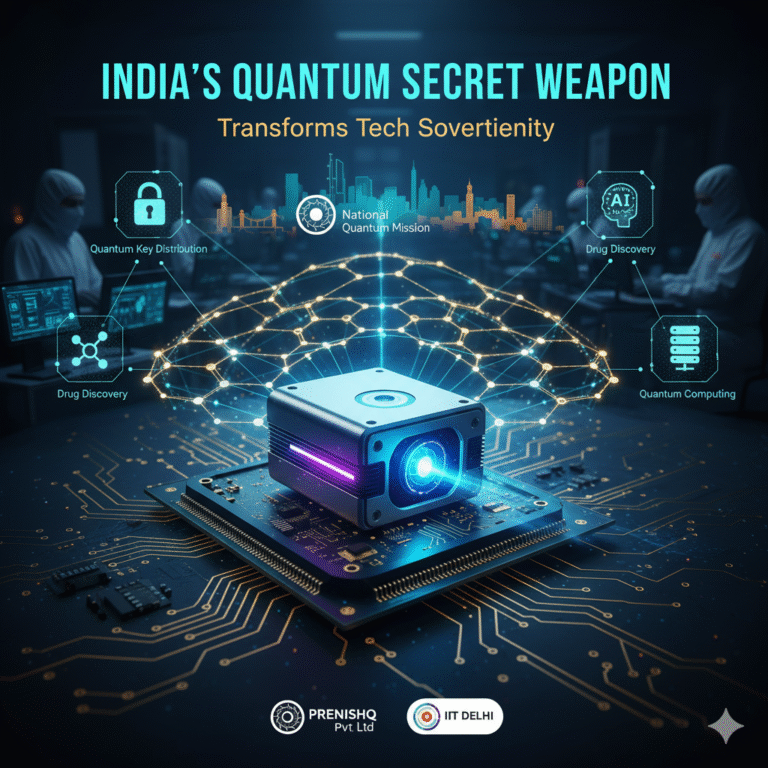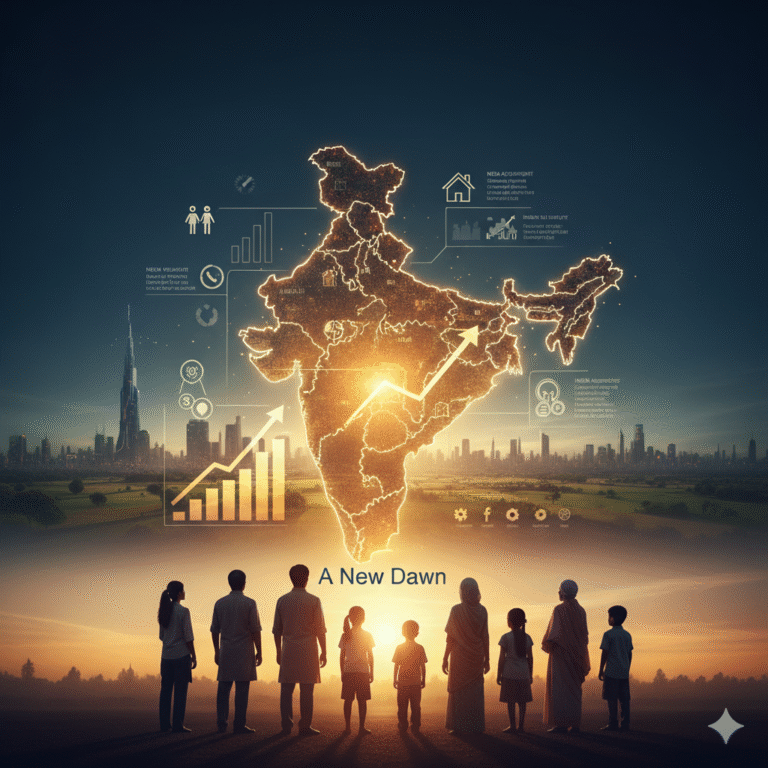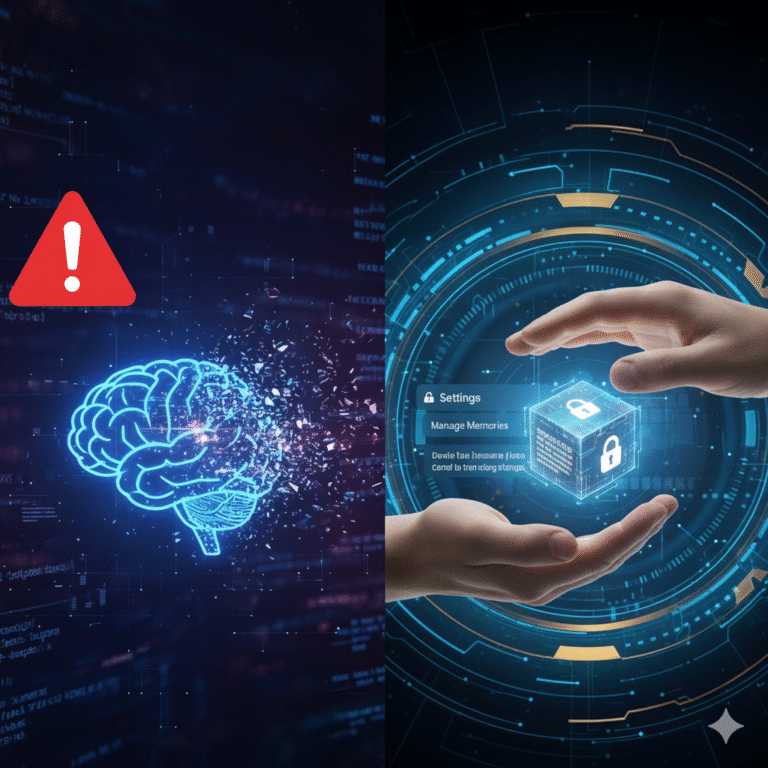In the digital age, social media has become a global stage for creators, influencers, and everyday users alike. But while millions contribute their creativity and content daily, very few actually reap meaningful financial rewards. Traditional social platforms—centralized giants like Instagram, YouTube, and TikTok—often control monetization rules, take hefty cuts of ad revenue, and limit creator ownership.
Enter decentralized social media platforms, a groundbreaking shift in how content is created, shared, and monetized. Built on blockchain technology, these platforms offer NFT-based monetization models that are flipping the script—putting power back in the hands of creators. This article explores how decentralized networks and NFTs (Non-Fungible Tokens) are reshaping the creator economy and unlocking new financial opportunities.
Understanding Decentralized Social Media: A Quick Primer
Before we dig deeper, it’s essential to understand what “decentralized” actually means in the context of social media.
Centralized platforms are owned and controlled by a single company (like Meta or Google). They host your data, determine your visibility through opaque algorithms, and decide what kind of monetization you’re allowed to access.
On the other hand, decentralized social media platforms operate without a central authority. They are built on blockchain—a distributed, transparent, and immutable ledger. That means:
- Users own their data
- Algorithms are open-source or community-driven
- Monetization methods are peer-to-peer and transparent
Popular decentralized platforms include Lens Protocol, Farcaster, Minds, and Mastodon. While still in early stages, these networks offer an exciting alternative to the status quo.
Why Creators Need a Change: The Flaws of Centralized Monetization
The traditional creator economy, while booming in recent years, is riddled with challenges:
1. Unequal Revenue Sharing
Platforms like YouTube typically take up to 45% of ad revenue. Instagram and TikTok offer limited or no direct monetization unless you’re sponsored by brands.
2. Algorithmic Unfairness
Content visibility is often at the mercy of algorithms. Creators can lose reach or income overnight due to opaque changes in how content is distributed.
3. Platform Dependency
You don’t own your followers—platforms do. If an account is banned, shadowbanned, or the platform dies (remember Vine?), so does your audience.
4. Data Exploitation
User data is often mined and sold without consent. Creators generate massive engagement and ad revenue but receive none of the data-driven benefits.
NFTs: A Game-Changer for Monetization
NFTs (Non-Fungible Tokens) are unique digital assets that represent ownership of content, art, music, or virtually any online creation. Unlike regular cryptocurrencies, NFTs are one-of-a-kind, making them perfect for digital ownership and monetization.
In the context of decentralized social media, NFTs can be:
- Content Tokens: Creators mint individual posts, videos, or artworks as NFTs
- Access Passes: Fans buy NFTs that grant exclusive content or community access
- Tipping Tools: Users “tip” creators by purchasing small NFT badges or tokens
- Royalties: Creators earn a percentage every time their NFT is resold
This direct-to-audience model eliminates middlemen, enabling fairer and more flexible monetization.
How NFT-Based Monetization Works in Practice
Let’s take a real-world example to see how this works.
💡 Case Study: Lens Protocol
Lens is a Web3 social graph built on the Polygon blockchain. Creators on Lens can:
- Post content as NFTs
- Allow followers to collect (buy) these NFTs
- Earn royalties every time their content is shared, collected, or resold
Imagine you post a viral photo on Lens. A follower pays $5 to collect it as an NFT. Ten people later buy it for $10 each. You, the creator, earn royalties from every sale—passive income, redefined.
🧠 Bonus Feature: Composability
Because Lens is open-source and composable, other apps can build on top of your content. This fosters network effects and expands monetization avenues.
Benefits for Creators: Why It Matters
1. Full Ownership and Control
Creators can mint, sell, or license content directly to fans—without asking permission from platforms.
2. New Revenue Streams
Instead of relying on ads or brands, creators can sell NFTs, offer premium content, or create token-gated communities.
3. Loyal Fan Engagement
NFT collectors are more invested in your success. They become stakeholders, not just passive viewers.
4. Royalties and Residuals
Each time your NFT is resold, you get a cut. Traditional media offers limited residuals—Web3 automates and guarantees it.
Audience Benefits: What’s in It for Users?
It’s not just creators who win—fans do, too.
✅ Real Ownership
Buying an NFT means you truly own a piece of content. This could appreciate in value, or give access to exclusive perks.
✅ Transparency
Blockchain transactions are public, ensuring accountability and trust.
✅ Direct Connection
Fans interact with creators more intimately, funding them directly and often gaining input in creative decisions.
Potential Downsides and Challenges
No new technology is without flaws. As exciting as this is, NFT-based social media has hurdles to overcome:
1. High Entry Barrier
Minting NFTs and using wallets (like MetaMask) can be confusing for non-tech-savvy users.
2. Environmental Concerns
Some blockchains use energy-intensive mechanisms. However, newer ones like Polygon and Solana are more eco-friendly.
3. Scams and Speculation
NFT markets can be rife with pump-and-dump schemes. Platform moderation and education are crucial.
4. Low Mainstream Adoption
Decentralized platforms still lack the user base and polish of giants like YouTube. But this gap is narrowing.
Real Examples: Creators Making It Work
Let’s look at how real creators are using NFTs on decentralized platforms:
- Latasha, a music artist, sold music video NFTs on Zora and earned more in a month than a year on Spotify.
- RAC, an electronic musician, launched $RAC token for fan engagement and NFT drops.
- Packy McCormick, a writer, monetized his content through mirror.xyz using NFT essays.
These stories aren’t anomalies—they’re blueprints for what’s coming.
How to Get Started as a Creator
Curious to try this yourself? Here’s a simple roadmap:
Step 1: Choose a Platform
Try platforms like:
- Lens Protocol
- Minds
- Mirror.xyz
- Farcaster
- Zora
Step 2: Set Up a Wallet
Use MetaMask, Coinbase Wallet, or Rainbow to interact with blockchain platforms.
Step 3: Create and Mint NFTs
Decide what kind of content you’ll tokenize—art, blog posts, videos, or audio.
Step 4: Engage Your Audience
Educate your fans. Offer exclusive perks to collectors. Build a loyal NFT-powered community.
Step 5: Explore Tokenomics
Advanced creators can issue their own social tokens or set up DAO-like structures for collective governance.
Future Outlook: What’s Next for Decentralized Social Media?
We’re only scratching the surface. Here’s what the future could hold:
🔮 More Creator DAOs
Creator communities may evolve into Decentralized Autonomous Organizations (DAOs), where fans hold voting rights and a financial stake.
📈 Cross-Platform NFT Utility
NFTs minted on one platform could unlock perks across many apps. Imagine an NFT that gives you backstage access on five different networks.
🧠 AI + Blockchain
AI could help create content, while blockchain ensures its authenticity and monetization—reducing fraud and boosting trust.
🌍 Global Access
Creators from underserved regions can access global audiences without gatekeepers or financial intermediaries.
Conclusion: Power to the Creators
Decentralized social media platforms are more than just a tech trend—they represent a paradigm shift in how we create, share, and earn online. By combining blockchain transparency with NFT-powered monetization, these platforms empower creators like never before.
They remove the middlemen, offer real ownership, and let fans and creators build a new kind of online economy—one based on trust, value, and direct connection.
It’s not just about likes anymore.
It’s about livelihoods.
FAQs
1. Are NFT-based social platforms safe?
Yes, as long as you use trusted wallets and platforms. Always double-check smart contracts before minting or buying.
2. Can anyone join decentralized platforms?
Most platforms are open to all, but some are still in beta or require invite codes.
3. Do I need to know coding or blockchain to get started?
No! Many platforms have user-friendly interfaces. Think of it like setting up a Patreon or Etsy store.









+ There are no comments
Add yours